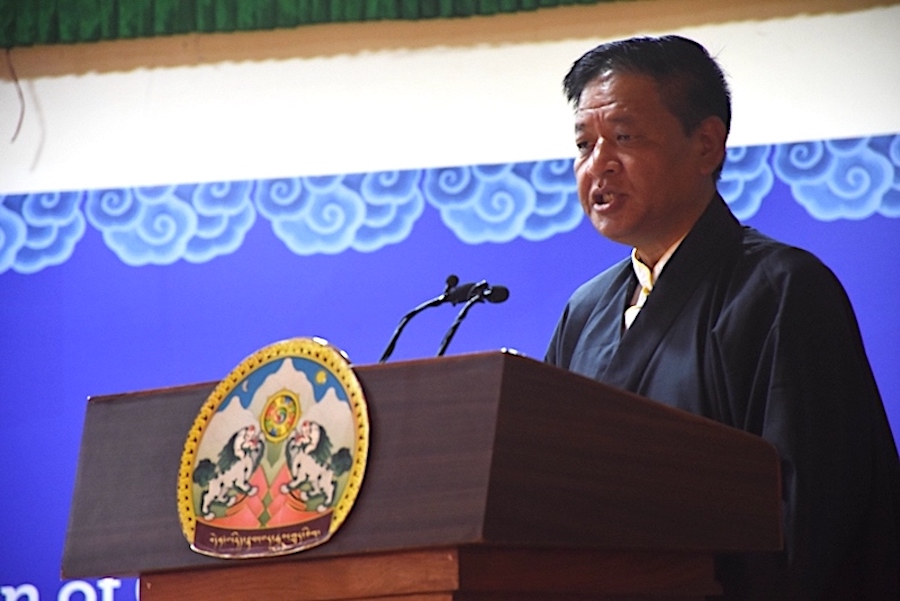by Bruce Kennedy
ATLANTA, GA. July 12 – The exhibit is called “The Female Buddha: Women of Enlightenment in Tibetan Mysticism.”
Buddhas are those who have reached full spiritual enlightenment, or awakening. And in Tibetan Buddhism, with its roots in the shamanistic and unseen world of gods, demons and spirits, women play a major role.
“In all ancient shamanic traditions, the dominant role of healing and nurturing, peacemaker, creator of social and environmental harmony, that role in almost all Shamanic traditions falls to the female mystics, the female shamans,” says Glenn Mullin – an author, expert on Tibet and curator of the exhibit.
The exhibit features close to 70 works, some dating back to the 14th Century – done in a variety of media.
Many of the works are painted mandalas – circular images symbolizing the universe, and humanity’s attempts to achieve spiritual perfection.
The images are strong, both in their artistry and content.
Vibrant colors underscore sometimes nightmarish themes and visions – dealing with the nature of the human condition – including death, sex, and eternity.
As Mullin notes, many of the Buddhas represented are laid bare, figuratively and literally, in their attempts to reach perfection.
“Often, in Tibetan art, the female Buddhas are shown naked and dancing,” he says. “This is because nakedness is a metaphor for uncontrived, unveiled – with complete and utter exposure to the nature of truth or reality. They’re often shown in different colors, white, red, blue and so on, to indicate that peoples of all races can equally achieve knowledge or wisdom that fully encompasses reality. ”
According to Mullin, ancient Tibet was matriarchal in its spirituality – with female mystics playing a very dominant role.
Lloyd Nick, Director of Oglethorpe University’s Museum of Art, says that mysticism, along with the power of the images on exhibit, can create a conversation between the art and its audience.
“There’s a level of spirituality in these art works that seems to attract a great number of people,” he says. “I have seen people moved in front of some of these paintings. In fact, there are few instances of people saying the image in this painting talked to them and they would come back, over and over and over again.”
While some of the mandalas in the exhibit are centuries-old, there is one startling work, about five feet in diameter and presented on a raised platform, that is very new and very symbolic.
“One of the highlights of the exhibit,” says Mullin, “is a contemporary mandala sand painting, made by ten monks, in the Drepung Loseling Monastery in India refugee monks. They worked on this very diligently for six weeks. And it will be up during the extent of the exhibit. At the end of the exhibit it’s swept up – and the sands are poured into the river to carry the prayers and good wishes around the planet.”
“This sand mandala of the White Tara,” says Nick, “in keeping with the theme of the exhibition, was a very exciting element ,while the monks were here creating it. Many of the community would come in and just watch how diligently and very patiently and slowly they would put the sand down through these very small funnels that they had, almost like drawling sticks, using about sixteen different colors and also making them blended. The whole experience is very lively.”
Lloyd Nick hopes visitors to the museum take come away from it with more than a sense of Tibet’s rich artistic and cultural legacy:
“I think that many people, in fact I know that many people, will leave this exhibition exhilarated – because they feel that they have understood something, maybe not consciously, but subconsciously and it’s in their senses that they feel it. And that’s the most exciting aspect of this exhibition.”
“The Female Buddha – Women of Enlightenment in Tibetan Mysticism” is on display at the Oglethorpe University Museum of Art through August 24th.









